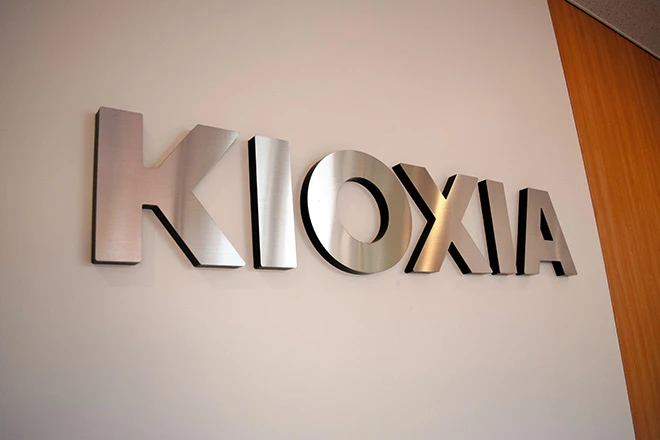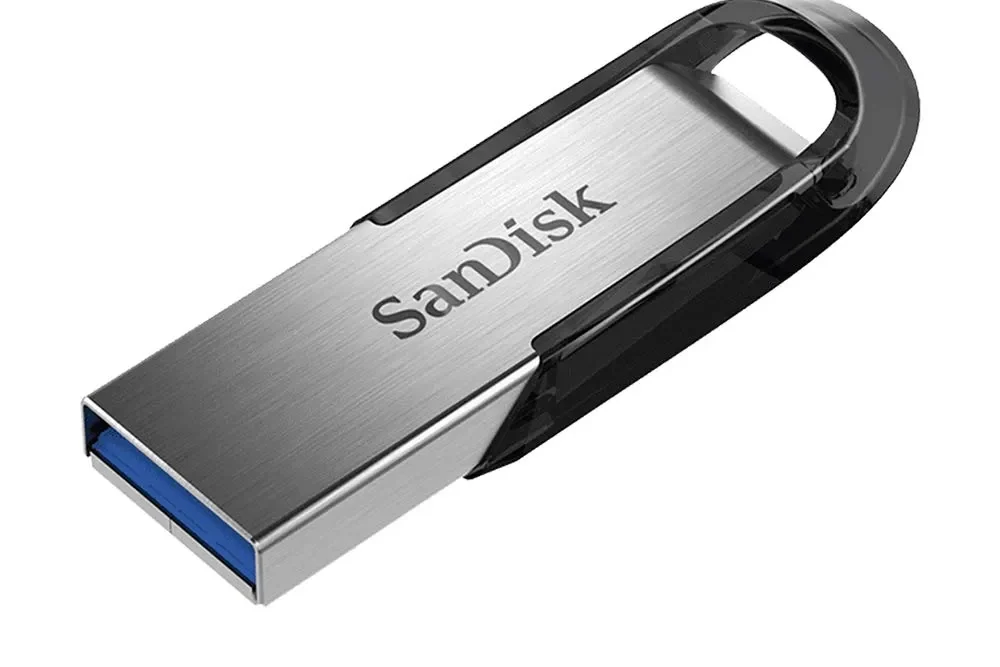
Kioxia & SanDisk Reveal Next-Gen 3D NAND with 4.8Gb/s Speed
Kioxia Corporation and SanDisk Corporation have once again pushed the boundaries of innovation in the semiconductor industry with the unveiling of their next-generation 3D flash memory technology. This groundbreaking development sets a new benchmark for the industry, achieving an unprecedented 4.8Gb/s NAND interface speed. In addition to its remarkable speed, the new memory technology boasts superior power efficiency and an increase in density, further solidifying Kioxia and SanDisk’s leadership in the market.
The companies introduced this state-of-the-art technology at the International Solid-State Circuits Conference (ISSCC) 2025, where it was met with widespread enthusiasm from industry experts and technology enthusiasts. The highlight of the announcement was the integration of Kioxia and SanDisk’s revolutionary CMOS directly Bonded to Array (CBA) technology, which significantly enhances memory performance and efficiency. This technological breakthrough is complemented by the incorporation of the latest interface standard, Toggle DDR6.0 for NAND flash memory, ensuring high-speed data transmission and low latency.
Another key feature of the new 3D flash memory technology is the implementation of the Separate Command Address (SCA) protocol, a novel method for command address input that optimizes interface operations. Additionally, the Power Isolated Low-Tapped Termination (PI-LTT) technology has been employed to further minimize power consumption. Together, these advancements represent a major leap in memory technology, addressing the growing demand for higher-speed storage solutions with enhanced efficiency.

The latest iteration of Kioxia and SanDisk’s 3D flash memory is expected to deliver a 33 percent improvement in NAND interface speed compared to their 8th-generation 3D flash memory, which is currently in mass production. By reaching an interface speed of 4.8Gb/s, this technology will redefine high-performance storage solutions across various applications, including enterprise data centers, artificial intelligence (AI) workloads, and consumer devices.
Furthermore, the new memory solution demonstrates remarkable power efficiency improvements. Specifically, data input power consumption has been reduced by 10 percent, while data output power consumption has been reduced by 34 percent. These efficiency gains ensure a balanced performance-to-power ratio, which is crucial in modern computing environments where power optimization is a key consideration.
Pioneering the Future of High-Density Memory
In addition to achieving higher speeds and power efficiency, Kioxia and SanDisk are also making significant strides in increasing memory density. The newly previewed 10th-generation 3D flash memory takes a bold step forward by incorporating 332 memory layers, a notable increase compared to previous generations. This enhancement, combined with an optimized floor plan that boosts planar density, has resulted in a 59 percent improvement in bit density.
Higher bit density is crucial in today’s data-driven world, where the exponential growth of data generated by AI, cloud computing, and edge devices demands more efficient storage solutions. By increasing memory density, Kioxia and SanDisk are paving the way for cost-effective, high-capacity storage solutions that can accommodate the needs of next-generation computing environments.
Industry Leaders Share Their Vision
Hideshi Miyajima, Chief Technology Officer at Kioxia, emphasized the importance of this innovation in the context of AI-driven data growth. He stated, “With the proliferation of AI technologies, the amount of data generated is projected to increase significantly, and so is the need for increased power efficiency in the modern data center. Kioxia strongly believes that this new technology will enable larger capacity, higher speed, and lower power consumption products, including SSDs for future storage solutions, and lay the groundwork for the development of AI.”
Alper Ilkbahar, Senior Vice President of Global Strategy and Technology at SanDisk, echoed these sentiments, highlighting the diverse requirements of AI-driven memory solutions. “As AI advances, customer needs for memory are becoming increasingly diverse. Through our CBA technology innovation, we aim to launch products that deliver the best mix in terms of capacity, speed, performance, and capital efficiency to cater to our customers across market segments.”
Their comments underscore the increasing importance of next-generation memory technologies in enabling AI-driven applications, cloud computing, and data-intensive workloads. The advancements made by Kioxia and SanDisk demonstrate a commitment to meeting the evolving needs of customers while driving the industry forward.
The Roadmap for 9th-Generation 3D Flash Memory
Beyond the unveiling of their 10th-generation 3D flash memory, Kioxia and SanDisk also provided insights into their upcoming 9th-generation 3D flash memory technology. Leveraging their unique CBA technology, the companies plan to integrate advanced CMOS technology with existing memory cell technology to produce high-performance, capital-efficient, and low-power products.
This strategic approach ensures that the 9th-generation memory solutions will continue to offer superior performance while maintaining cost efficiency, making them ideal for a wide range of applications. By combining innovation with practical implementation, Kioxia and SanDisk reaffirm their commitment to developing cutting-edge flash memory technologies that address market demands.
Advancing the Digital Society Through Innovation
The latest developments from Kioxia and SanDisk are not just about increasing speeds and densities—they are about enabling the future of digital society. With AI, big data, and edge computing driving the need for more advanced storage solutions, the innovations presented by these industry leaders will play a crucial role in shaping the future of data management and computing.
The companies remain dedicated to delivering tailored memory solutions that cater to the unique needs of different market segments, from hyperscale data centers to consumer electronics. Their ongoing research and development efforts will continue to push the limits of what’s possible in NAND flash memory technology, ensuring that they remain at the forefront of the industry.
Kioxia and SanDisk’s latest 3D flash memory technology represents a significant milestone in the evolution of NAND flash memory. By achieving an industry-leading 4.8Gb/s interface speed, enhancing power efficiency, and increasing bit density, the companies have set a new standard for high-performance storage solutions.
The integration of CBA technology, Toggle DDR6.0, SCA protocol, and PI-LTT technology demonstrates their commitment to innovation and customer-driven solutions. With the upcoming 9th-generation memory products and the anticipated release of 10th-generation solutions, Kioxia and SanDisk continue to lead the charge in advancing flash memory technology.
As data demands grow and AI-driven applications become more prevalent, these advancements will play a vital role in enabling next-generation computing environments. With their pioneering approach, Kioxia and SanDisk are not only shaping the future of memory technology but also contributing to the broader evolution of digital infrastructure worldwide.




